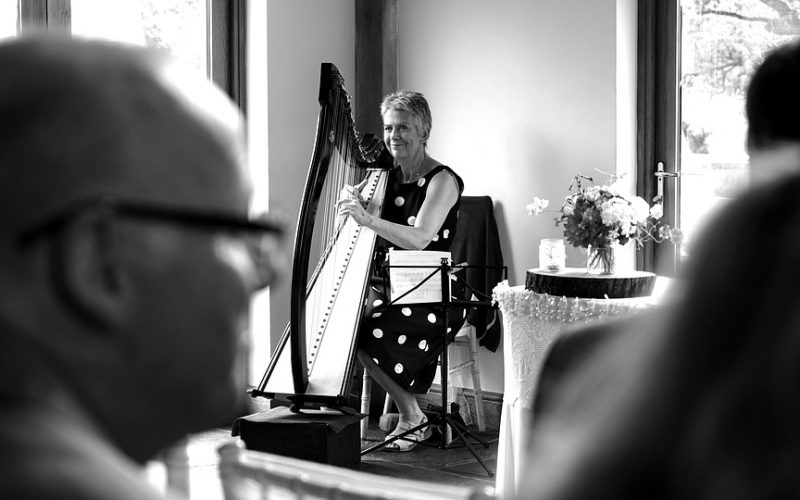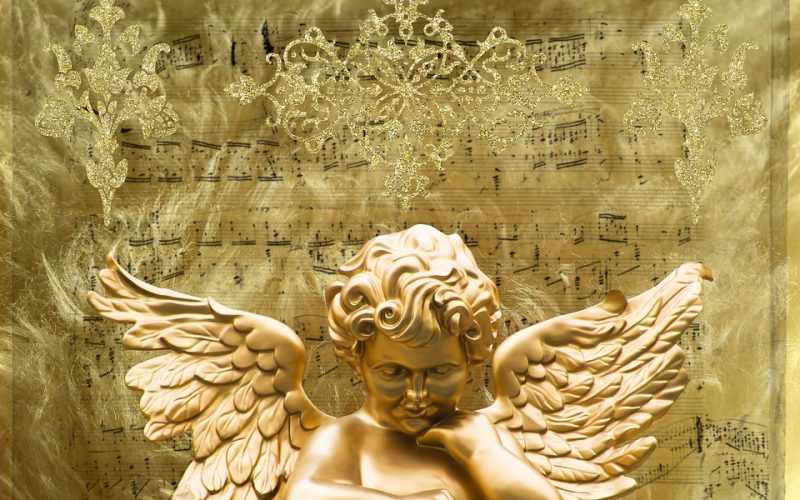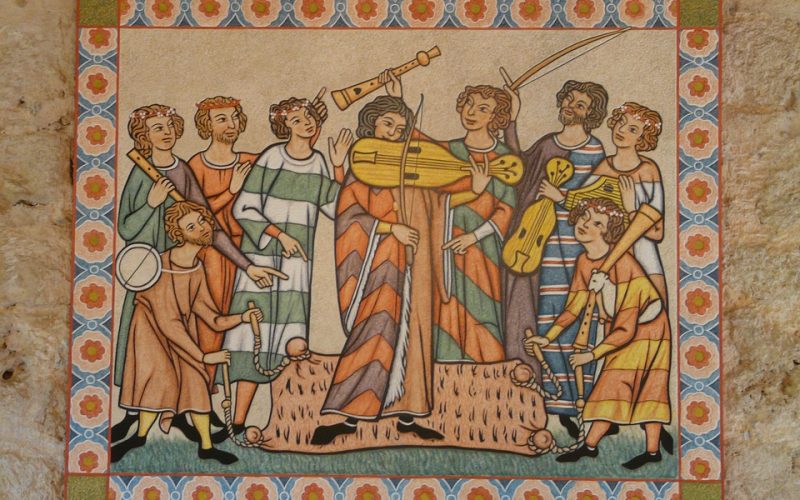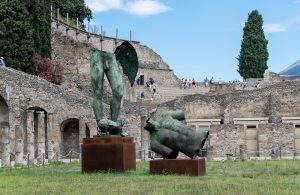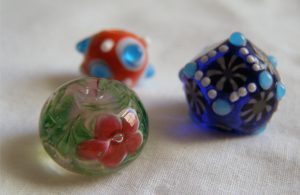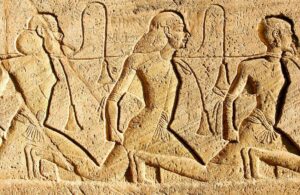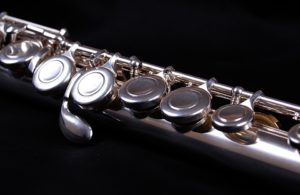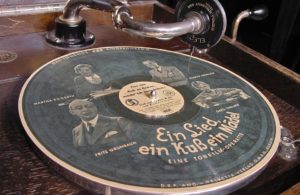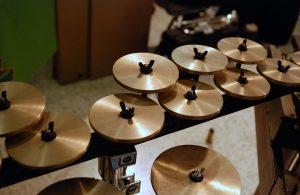Since it spans approximately four centuries, the Renaissance produced a large body of music. The artists who produced and played this music needed instruments, and they had a wide variety available to them. There were string, percussion, wind and keyboard instruments. Some of them remain in use today, but others have been dropped from modern usage due to technical improvements in modern times. While it would seem there must be a large difference between then and now, many musicians of today could easily play the instruments used then.
Bowed instruments have many of the same components today as those used during the Renaissance, and the violin remains a premier instrument favored by modern artists. It produced the same emotionally laden tones then as it does now, and its shape remains the same. The viol and the lute are two of the other stringed instruments of the time, but the viol is largely ignored. While the lute has become an iconic example of those times, the viol’s tones are too flat and soft to make a huge impact.
The wind family of instruments has been carried through history, and their use was greatly expanded during the height of the Renaissance. The original use of the trumpet was in heraldry, and it was restricted to flourishes associated with nobles. As time went by, musicians learned to adapt it for their music. The horn was part of the hunt was the period began, but using new materials and lengths turned it into the basis of modern musical instruments used today.
The harp is a musical instrument that has spanned the centuries to be used by modern musicians as well as their historic counter parts, but there have been changes. Unlike the beautiful floor harps used today, ancient harps were small enough to be carried and balanced on the musician’s knee. The dulcimer and psaltery are two more stringed instruments, but their modern counterparts are quite different. The guitar is based loosely on the dulcimer and can be strummed or plucked as that was, and the xylophone is the logical descendant of the psaltery. Just like the psaltery, the musician uses small hammers to tap the strings to produce musical tones.
